Tangible Programming in Early Years Foundation Stage (EYFS) and Key Stage 1 (KS1).
Ever wonder how best to teach programming to Reception and Key Stage 1 children in a tangible manner – read on to find out more about Cubetto, the Little Wooden Programmable Robot!
What is Cubetto?
The Cubetto Playset is a toy from Primo Toys that allows children to code by programming a wooden robot.
It consists of a coding board and coding blocks.
Children place the blocks on the board to create a program and make the robot move.
Main Features of Cubetto
- It works with a wireless coding box with a procedure loop
- Planned codes are executed directly from the coding box to the Little Robot
- There are colour-coded logic blocks, which are a representation of Logo primitives
- There are a limited number of blocks
Cubetto Reviewed in the Early Years Foundation Stage (EYFS) and Key Stage 1 (KS1) Classroom
“Teachers are currently presented with a plethora of educational technology resources that lack pedagogical instruction… there’s an urgent need for practical guidance for teachers on what pedagogy should be employed to maximise investment and minimise risk.”
The quotation from the Royal Society of Literature Review on pedagogy in teaching has highlighted a much-debated question of which pedagogy will bring better results and maximise children’s progress.
We investigated the impact of different approaches (pedagogies) and progression in Reception and Key Stage 1 classrooms for one specific area.
The Six Different Pedagogies we Trialled Were: Copy code, Targeted tasks, Shared programming, Guided exploration, Projects, and Tinkering.
Cubetto was chosen as a context for delivering the pedagogies. For over three months, we trialled the Cubetto in two schools across three year groups to find out how best to teach tangible programming to Reception and Key Stage 1 children.
The main aim of the trial was to find out how to make coding tangible, where tangible means clear enough or definite enough to be easily seen, felt or noticed and to be clearly grasped by the mind (Collins Online Dictionary).
Children worked in mixed ability pairs. We tried six different pedagogical approaches. Bee-Bot activities were run alongside the Cubetto activities. We compared our results and examined which approach helped the children move on with their learning.
The pedagogies we used were suggested by Jane Waite’s scaffolding continuum to ‘guide tasks and activities’.
Continuum of Approaches for Teaching Programming
Copying Code : Targeted Tasks : Sharing Programming : Guided Exploration : Projects Tinkering
The findings of the present trial are summarised in Tables 1, 2, 3 and 4.
Cubetto Make Learning Programming Tangible
From our trial, we felt Cubetto had made programming tangible by offering a tactile learning opportunity. We found that children learned by participating mentally and physically as they manipulated coding blocks to interact with the Little Robot.
They had immediate feedback from the Little Robot when the codes were executed, and there was active thinking in this concrete process. The colour coded logic blocks drew on children’s previous knowledge of colour and colour matching. This minimised barriers posed by children’s weak directional concepts, low language ability or the EAL children’s lack of language.
The colour coded logic blocks are symbolic representations of basic Logo primitives. Only forward, left, right and go are used. Having a simple, restricted set of commands helps children to think in a logical manner, developing sequencing and computational thinking in a tactile manner. There are only 16 basic blocks: 14 for basic programming and two light-blue blocks for doing repeat procedures.
It looks terribly insufficient at first glance, but after trialling it, the restricted amount of blocks is actually an advantage for learning.
When we used Cubetto with Years 1 and 2 learners, we found that we could develop the children’s advanced coding skills such as sequence and repeat procedure using the blue blocks naturally. They could see the needs and quickly grasped the skills.
The coding box was a focal point of discussion. Children planned, discussed and negotiated what blocks to put in. This encouraged collaborative work and promoted turn taking. They also learned how to celebrate failure as a chance for more learning. We found children developed effective learners’ skills naturally as long as planned scaffolding instructions were provided.
Coding directly on the coding box was different from other common early years/KS1 programming devices in the classroom. Cubetto executed the codes without any intermediate steps for transferring the program.
Cubetto vs Other Programming Devices
For other early year/KS1 programming devices, children have to plan with a piece of paper and transfer the code to the device, and can’t then see the codes after they’ve typed them in.
Mistakes seem to always happen in this transfer process and, worse of all, they don’t know what’s put in. This makes debugging hard, but Cubetto in trial showed that it could help cut out all the intermediate steps.
Both teachers and children knew what was planned and what instructions the Little Robot was carrying out. The whole
process is very concrete to children.
However, Cubetto is just a tool. It’s a Little Robot doing what we ask it to do. It can only come alive with teachers’ planned scaffolding approaches.
In our trial, children struggled when they were left to tinker without any guided instructions – they got bored and quickly gave up. But when we carefully guided them through, they were more engaged and made greater progress.
However, we found no one pedagogical approach was perfect on its own. We had most success when we carefully planned a blended approach. Children found it hard to tinker because they didn’t have any prior knowledge or experience of coding.
Copy code also wasn’t easy for young children to follow because they had to match the plan representations ↑↑ to the coding blocks, and most found that confusing.
Pros and Cons of Each Pedagogical Approach Tested
Tinkering
- ✓ Fun to begin with
- ✓ Enable more able children to extend learning using skills and ideas learnt
- ✗ Children quickly get stuck, get bored and give up
Copy Code
- ✓ Predict first, copy the codes and look at prediction again
- ✓ A good starting point/stepping stone for targeted tasks and guided exploration
- ✓ Speed up code reading and enable faster code writing
- ✗ Lots of repetition needed
Targeted Task
- ✓ Work on specific learning objectives to scaffold knowledge and skills
- ✗ Require very clear understanding of the subject matters
Shared Programming
- ✓ Mix of collaborative and individual projects
- ✓ Peer learning
- ✗ EYFS children not ready
Guided Exploration
- ✓ Can use a combination of pedagogical approaches
- ✓ A journey of discovery with a high level children’s mental involvement: fun and more long-lasting insightful learning
- ✓ Can be used to move children on
- ✗ A lot of teacher input
Project Design
- ✓ Consolidation and application of a variety of skills
- ✗ Very careful grouping and differentiated materials required
- ✗ Children need to be very confident
Cross Curricular Lessons with Cubetto
We noticed that a meaningful cross curricular context was important for any strategy to work. This could motivate children and get them engaged more willingly. In the beginning of the trial, children showed no interest in working at all when they were just asked to move the Little Robot over the mat. But as soon as the cross curricular context was introduced, they started getting the purpose of learning, and showed great interest and resilience in working through problems.
Our short trial with Cubetto has evidenced that the best pedagogical approach to teaching reception children tangible programming was a blended approach, with guided exploration at the core, because we could support children and provide scaffolding to enhance learning.
Bee-Bots and Cubetto
After comparing with Bee-Bots, we found that Bee-Bots were an easier start for teaching coding to our Reception children, as they didn’t have a coding board and blocks, and everything happened on the actual Bee-Bot. The only difference was that children needed to remember to clear the code before proceeding to a new one.
After building the basic skills with Bee-Bots, we then introduced pupils to sequencing instructions. Cubetto was good for providing progression, introducing more repetition, procedures, and applying their skills to make games. The trial has shown that Cubetto could give enough challenge for older children in Key Stage 2.
Originally published in Hello World Issue 5 : The Computing and Digital Making Magazine for Educators. Above article includes modifications from the original article by Helena Cheung and Eleni Vasileiadou. License CC BY-NC-SA 3.0

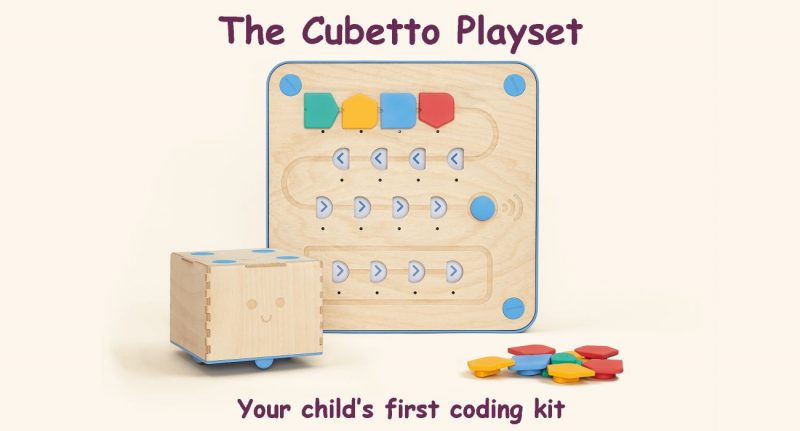
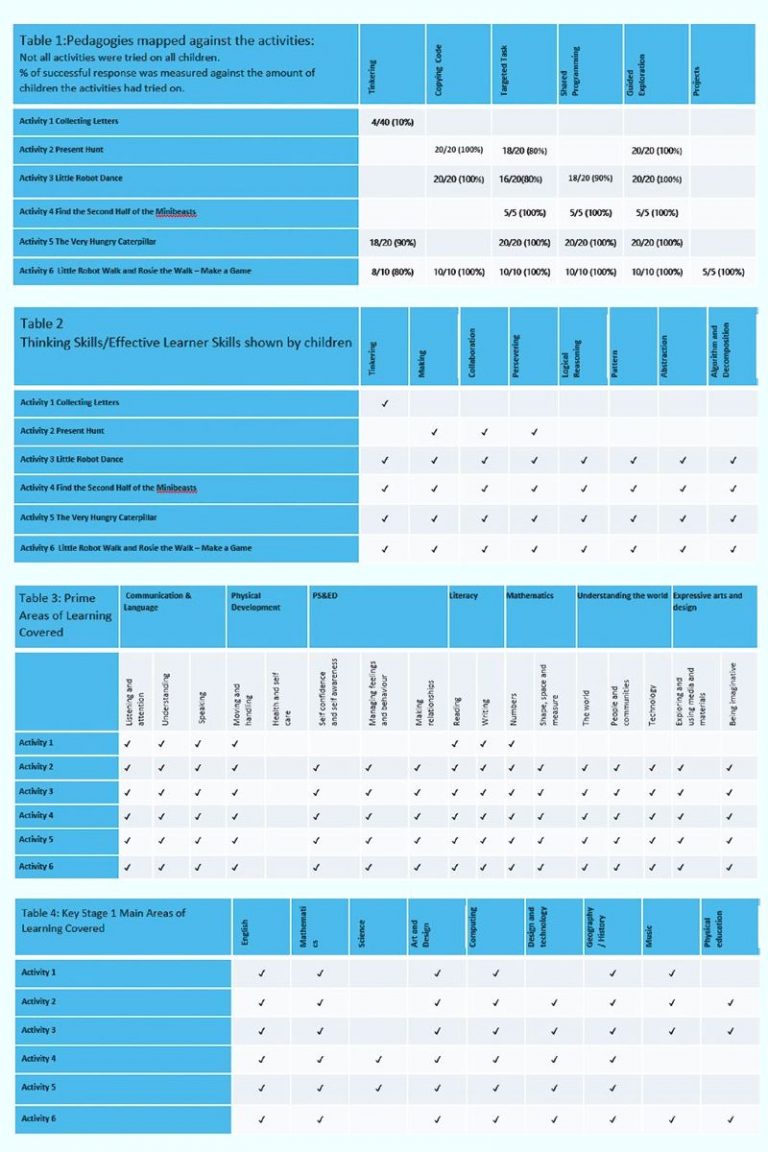

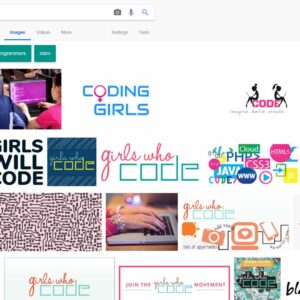
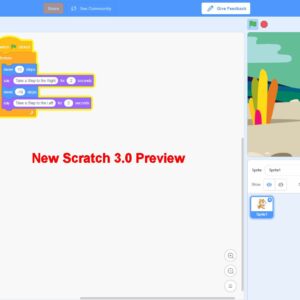
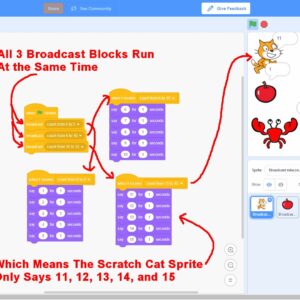
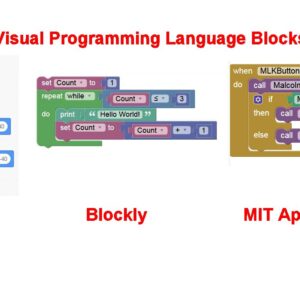
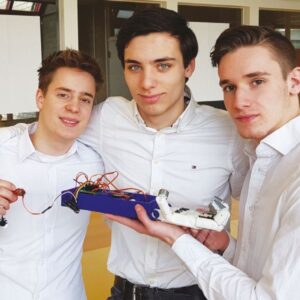
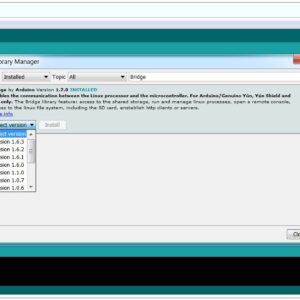
Connect to a Raspberry Pi Securely Using SSH #RaspberryPi #CyberSecurity...
Funny IBM Hack a HairDryer Tweet #IBM #Funny...
MIT App Inventor 2 I Have A Dream Android App #MIT #Teachers #Coding...
Brain Controlled Prosthetic Arm Funded by DARPA: The Modular #Prosthetic Limb developed for #DARPA by...
Computing Education in Schools #Computing #Education #School...
Find Your Raspberry Pi IP Address #RaspberryPi...